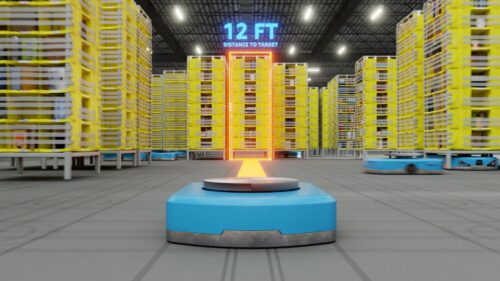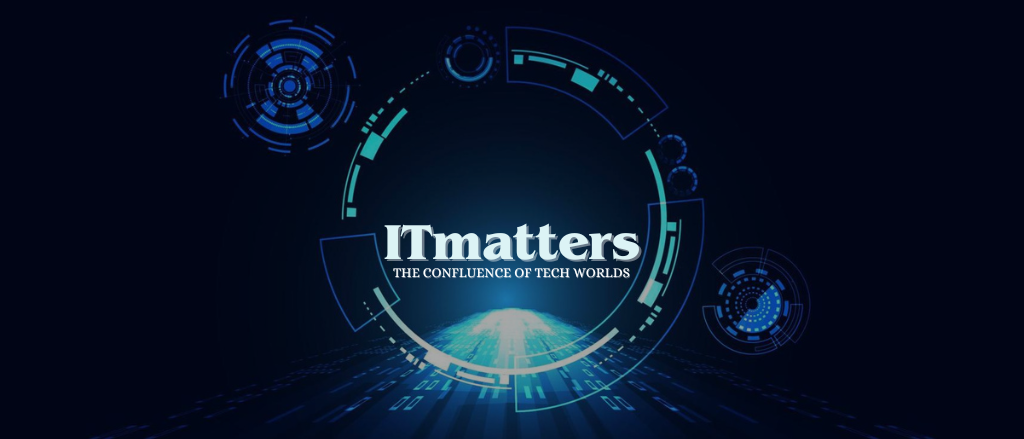
DeepFleet AI to Boost Robotic Efficiency and Deliveries
After over a decade of deploying robots in its facilities, Amazon has now reached 1 million active warehouse robots. The company announced that the one-millionth robot was recently deployed to a fulfillment center in Japan.
Human Workforce May Soon Match Robot Count
According to The Wall Street Journal, Amazon’s robot count is catching up with its human workforce. In fact, it may soon have as many robots as employees across its global network of fulfillment centers. Currently, 75% of the company’s worldwide deliveries are supported by robots in some form.
Introducing DeepFleet: Amazon’s New AI Brain for Robots
To improve efficiency, Amazon also unveiled a new AI model named DeepFleet. This generative AI system is designed to coordinate the movement of robots within warehouses. Amazon says DeepFleet can boost the speed of its robotic fleet by 10%.
The company built DeepFleet using Amazon SageMaker, the cloud tool under AWS that trains and deploys AI models. DeepFleet was trained using its own internal data from its warehouses and inventory systems.
From Kiva to Vulcan: A Decade of Robotic Evolution
Amazon’s journey into robotics began in 2012 when it acquired Kiva Systems. Since then, it has expanded and improved its robots every year. In May 2025, Amazon introduced Vulcan, its latest warehouse robot.
The Vulcan robot is equipped with two arms — one for shifting inventory and the other for gripping items. Its standout feature is a sense of touch, which helps it handle objects more delicately and precisely.
Next-Gen Fulfillment Centers Are Now Live
In October 2024, Amazon announced it would launch “next-generation fulfillment centers.” These new hubs will feature 10 times more robots than traditional facilities. The first of these new-age warehouses opened in Shreveport, Louisiana.
These centers are not fully automated. Amazon still plans to include human workers alongside its growing robotic fleet.
What’s Next for Amazon’s Warehouse AI?
With 1 million robots now in action and AI models like DeepFleet in charge, Amazon is transforming how goods move through its supply chain. It’s a clear sign that automation and human collaboration will define the future of e-commerce logistics.
